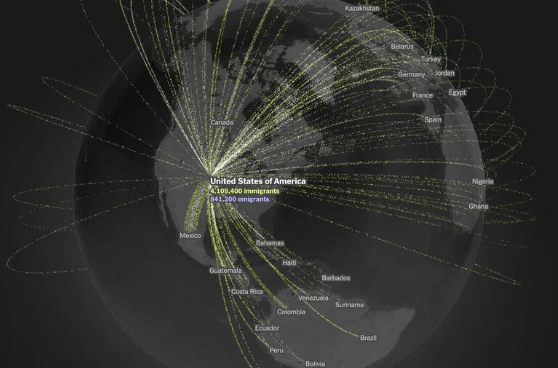Article by Chloe Cornish: “The United Arab Emirates aims to use AI to help write new legislation and review and amend existing laws, in the Gulf state’s most radical attempt to harness a technology into which it has poured billions.
The plan for what state media called “AI-driven regulation” goes further than anything seen elsewhere, AI researchers said, while noting that details were scant. Other governments are trying to use AI to become more efficient, from summarising bills to improving public service delivery, but not to actively suggest changes to current laws by crunching government and legal data.
“This new legislative system, powered by artificial intelligence, will change how we create laws, making the process faster and more precise,” said Sheikh Mohammad bin Rashid Al Maktoum, the Dubai ruler and UAE vice-president, quoted by state media.
Ministers last week approved the creation of a new cabinet unit, the Regulatory Intelligence Office, to oversee the legislative AI push.
Rony Medaglia, a professor at Copenhagen Business School, said the UAE appeared to have an “underlying ambition to basically turn AI into some sort of co-legislator”, and described the plan as “very bold”.
Abu Dhabi has bet heavily on AI and last year opened a dedicated investment vehicle, MGX, which has backed a $30bn BlackRock AI-infrastructure fund among other investments. MGX has also added an AI observer to its own board.
The UAE plans to use AI to track how laws affect the country’s population and economy by creating a massive database of federal and local laws, together with public sector data such as court judgments and government services.
The AI will “regularly suggest updates to our legislation,” Sheikh Mohammad said, according to state media. The government expects AI to speed up lawmaking by 70 per cent, according to the cabinet meeting readout…(More)”

